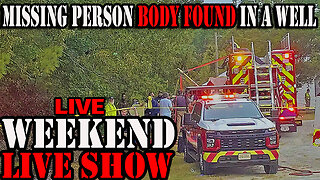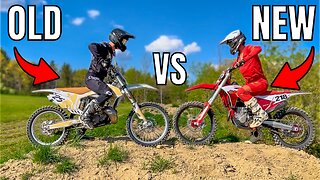081: The Dunning Kruger Effect in CQB
Terms like the Dunning-Kruger Effect are often used to explain the phenomena presented when we observe people who's level of confidence does not appear to match their level of skill. While we may often use it to observe this demeanor in others, the real value comes from introspection.
So we take the Model often represented in an X-Y Graph, and apply it to the skillset of CQB as an example of how we might consider how we think about our own skill development.
If the X axis measures skill, and the Y axis measures confidence, a pattern emerges regarding the relationship between the two.
Section 1: The ascent of fundamentals.
Section 2: The plateau of Dogma
Section 3: The Descent of Renaissance
Section 4: The Ascent of Mature Skill
Section 1: Begins with building a naive and unskilled individual’s basic abilities in regards to the skill. Each valid method of instruction develops the student in the execution of basic maneuvers, principles, and rules. Foundations take time to build, repeated practice is necessary to cement lessons learned.
Rules are established and solid. The student is typically incapable of separating Method from Principle.
The student is approaching the end of the first phase when they are able to perform the fundamentals with repeatability. They are able to identify when principles and and rules are broken.
Section 2: The ability to perform the fundamentals in sequence continues to improve. More complicated maneuvers begin to smoothen out, the ability to communicate the fundamentals, whether as a teacher or as colleague partly defines this phase from the previous one.
The individual identifies when they and others break established rules, as well as they begin to consider different schools of the subject. A chief example of this being martial arts in the early days of the internet before MMA had changed the field.
The individual gains more confidence in their skillset as the see the successes of clean execution after practice. Their view of the subject becomes dogmatic: as they are yet incapable of distinguishing between a rule broken and a skillset from a different school used in conjunction with their own.
This phase typically ends after a precipitating event or series of events that break the paradigm of their dogma. Although confidence begins to drop, their skill continues to improve.
Section 3: As the subject begins to descend from their dogma, they began to consider exemptions to their established rules and principles. A renewed interest in fundamentals changes from improving performance and articulating the skillset, to separating between a heuristic and a principle.
Heuristics define a school, and rely on principles. Principles apply to all schools. What was once a rule becomes a heuristic, that, in this case, can be broken.
Articulation is steadily exchanged for comprehension: the ability to choose from multiple maneuvers and skillsets to solve a problem. The phase prioritizes the development of these skillsets as well as ancillary ones, and be able to discern when and how to use each of them. Dogma of rulesets is finally exchanged for mastery of skillsets and their application.
Phase 4: The subject continues to refine, polish, and execute maneuvers appropriate to the scenario. They refine micro-components of each movements, and tackle complex problems with some sense of order. The key feature is the ability to understand a rule/heuristic and when to break it, so that the objective can be accomplished.
Support the REDACTED Culture Cast at redactedculture.locals.com
SSP and boutique products at redactedllc.com
Follow us on Instagram at @redactedllc
-
 0:30
0:30
steveinman
1 day agoBrotherly Love
87.8K7 -
 2:58:53
2:58:53
Jewels Jones Live ®
1 day agoVIOLENT RHETORIC | A Political Rendezvous - Ep. 92
95.4K54 -
 1:13:17
1:13:17
Exploring With Nug
21 hours ago $8.64 earnedMissing Person's Remains Found In Virginia Well
88.9K54 -
 2:00:56
2:00:56
Tate Speech by Andrew Tate
18 hours agoEMERGENCY MEETING EPISODE 76 - GYAL DEM
330K558 -
 23:06
23:06
MYLUNCHBREAK CHANNEL PAGE
1 day agoThe Old World is in The Catacombs? - Part 3
84.5K36 -
 LIVE
LIVE
Right Side Broadcasting Network
5 days agoLIVE REPLAY: Pres. Trump Holds a Rally in Wilmington, NC on Jobs, Inflation, & the Economy - 9/21/24
2,823 watching -
 47:18
47:18
Vigilant News Network
1 day agoShocking Details Emerge About Trump’s Would-Be Assassin and “Wife” | The Morning Catch Up
96.3K64 -
 1:01:43
1:01:43
Michael Franzese
1 day agoDemocrat Party is Evil: The Border, Cover Ups, Fraud | Michael Franzese LIVE! Ep. 19
105K93 -
 12:04
12:04
Liam Reid
1 day ago9-Year-Old 250 2 Stroke vs Modern 4 Stroke!
94.6K16 -
 15:07
15:07
CartierFamily
2 days agoRepublican CALMLY DISMANTLES CNN Host Over GOP Denied Bill! 🔥
99.7K157